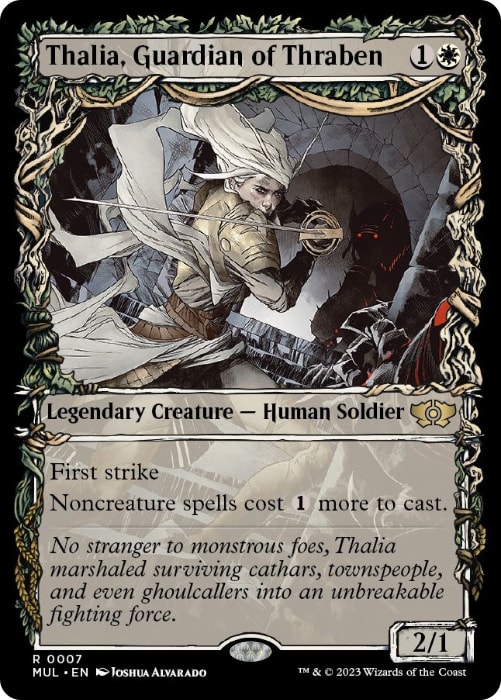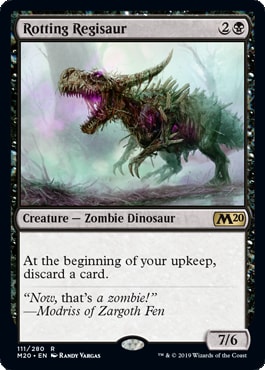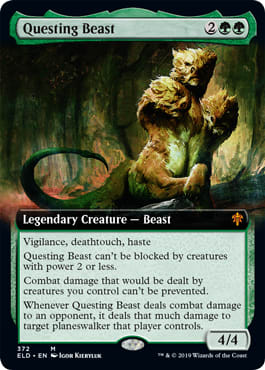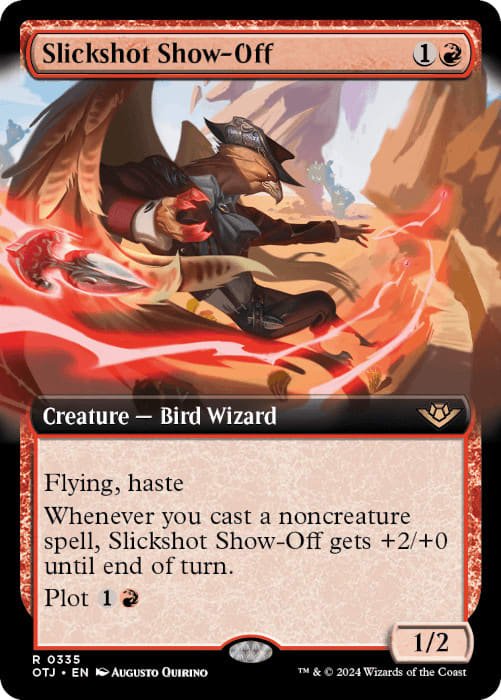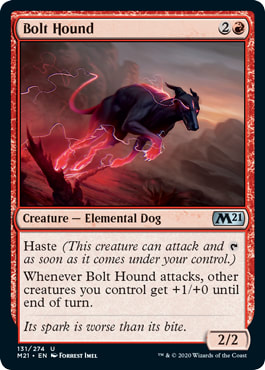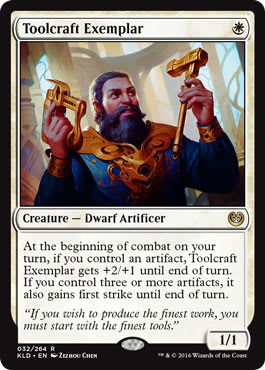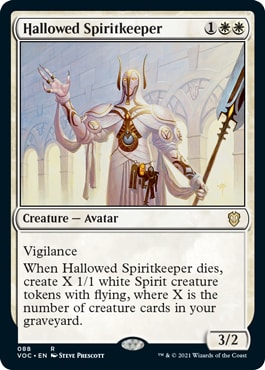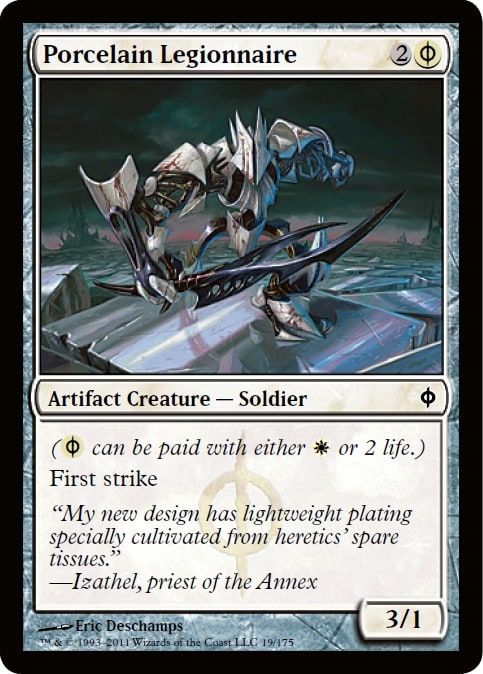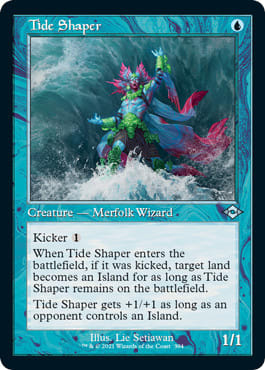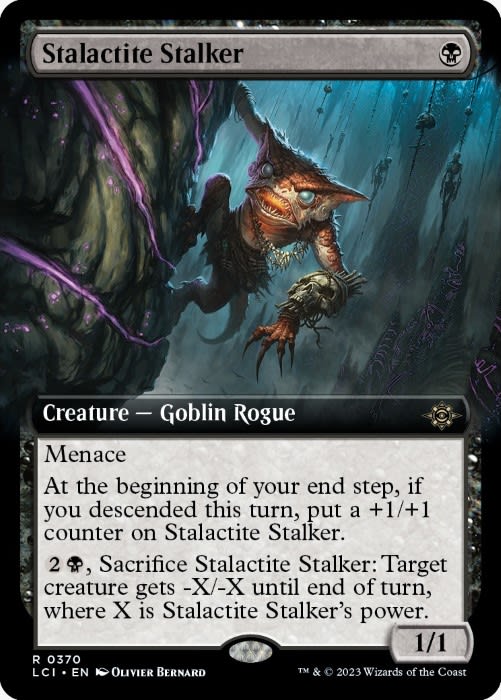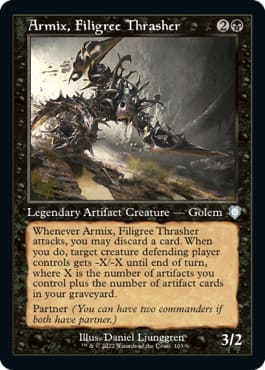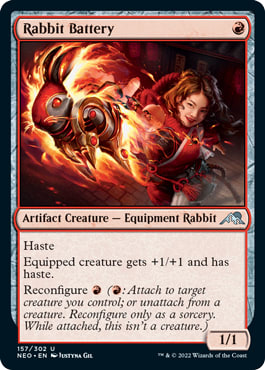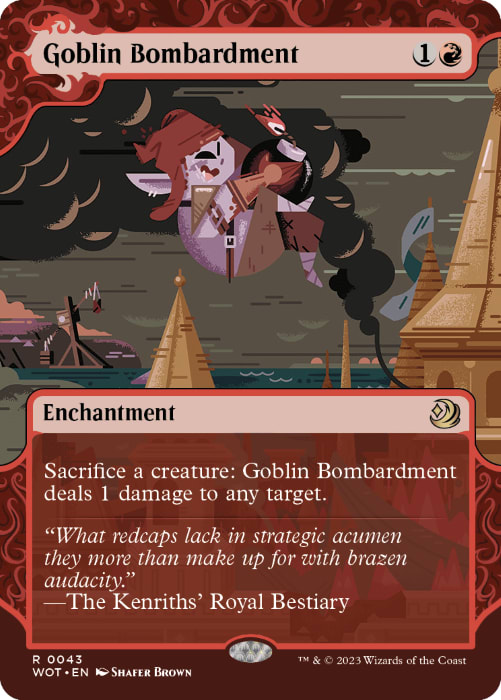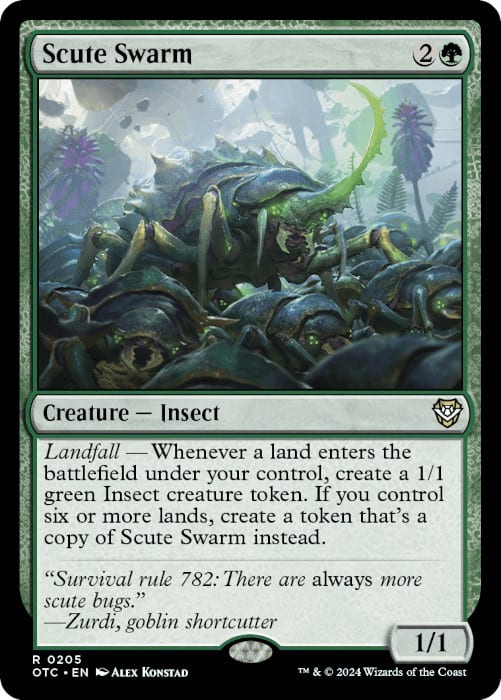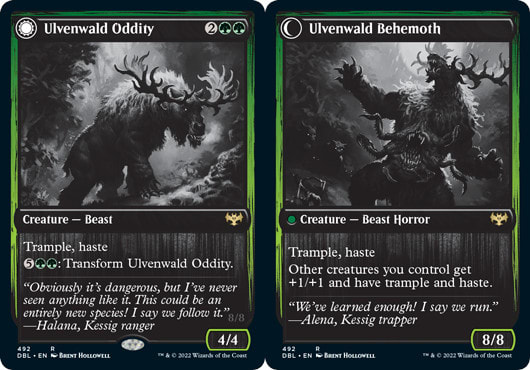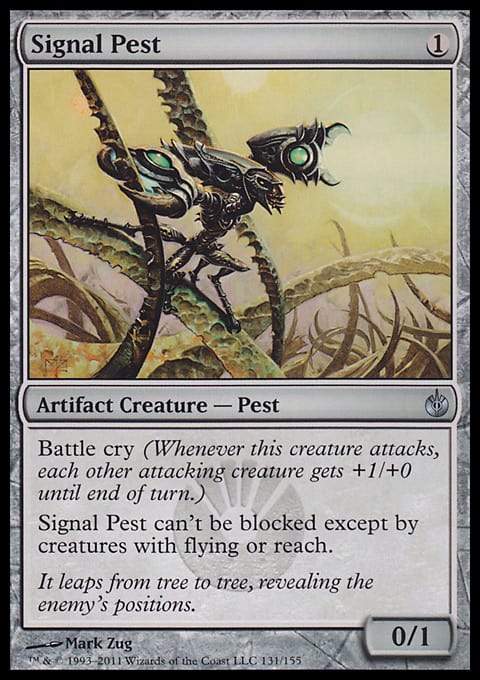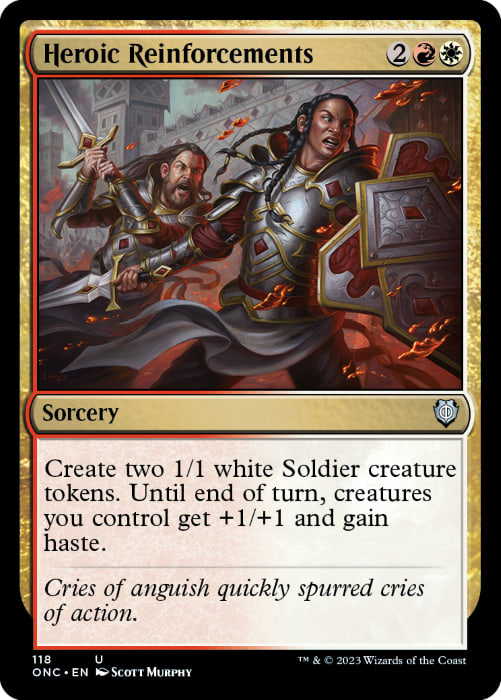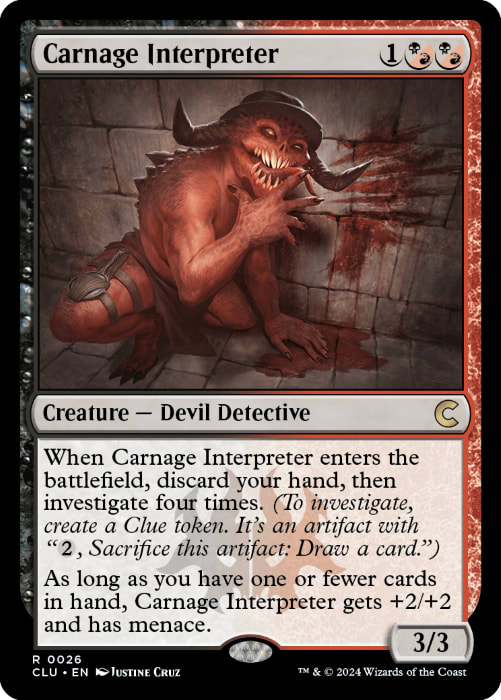Hello and welcome back to another edition of what I've been calling "Cube Stuff Inc." Today we are building on the Comprehensive Cube Archetype List by discussing the first Archetype Theater, Aggro. This broad topic will serve as the foundation for future, more specific articles on Aggressive archetypes, and is a great tool for anyone looking to build their first Cube. Rather than simply reiterate what we all know about Aggro, I will instead address three common misconceptions about the overall strategy and discuss a few tips for Cube designers that are struggling to find the right balance of aggression in their Cube.
Misconception 1: Aggro has inherently bad matchups.
When discussing the four major Theaters that decks fall into, Aggro vs Midrange vs Control vs Combo/Synergy, there are no inherently bad matchups, just poorly designed draft environments. Certain cards will perform better against certain decks, but it is never a foregone conclusion that Aggro will always lose to Control. While the Goblin Piledriver Aggro deck will likely lose to the Wrath of God Control deck. The Grand Abolisher Aggro deck will have a hard time losing to a Control player who drafted every Counterspell. Cubes are an ecosystem where certain cards and strategies naturally keep each other in check. If your Aggro decks are underperforming that has less to do with the Theater as a whole and more to do with the individual card selections in your Cube.
Misconception 2: All Aggro decks are the same.
While it's true some colors are synonymous with aggression :cough: "Red", each Color provides a variety of unique ways to be aggressive. Let's assume that each Color in Magi: The Gathering took a personality quiz and had to answer the question "How do you support aggression?" Here is how each color may answer.
White - "If I cast small, frustrating creatures, it's easy to win quickly."
Blue - "If all of my creatures are evasive, my opponent can never block."
Black - "I don't mind hurting myself as long as I hurt my opponent more."
Green - "If I accelerate my mana, I can cast bigger creatures faster."
Red - "Yes!"
The Aggro Theater generally wants to end the game as quickly as possible, but there are a number of ways to do that. Goblin Bushwhacker rewards you for going wide with tokens, whereas Toolcraft Exemplar rewards you for playing artifacts. Personally, my favorite form of Aggro normally lands somewhere within the Mardu wedge and focuses on cheap creatures and efficient removal. That being said, a Temur aggro deck focused on leveraging fetch lands and ramp spells to grow your creatures is an equally potent option in my Cube.
Misconception 3: Aggro decks aren't good in powerful cubes.
I hate this opinion. Aggro decks are generally more successful in powered Cubes because they are more consistent. If you pack one pick one (Black Lotus) in your Vintage Cube draft, you might feel inclined to force a storm strategy, but storm only works when no one else is attempting to draft it. Any veteran drafter will tell you that forcing storm is a mistake and you should only attempt it when the archetype is open and being passed to you. On the other hand, taking Black Lotus and allowing yourself to fall into an open Aggro deck has very little risk. Goblin Rabblemaster is much more likely to win you the game than Empty the Warrens.
Additionally, Aggro decks generally have a higher Inverse Value, which makes them come together more consistently. Inverse Value is a design concept where comparatively weaker cards become good when you can rely on them to get passed around the table.
Imagine you were drafting a Red "Go Wide" Aggro deck and the cards above were in your second pack. Bolt Hound is objectively the least powerful card though it has the highest payoff for your specific strategy. A seasoned drafter will pick one of the other cards and feel confident that it will get passed back to them. The same principle is not true for other strategies, a Reanimator deck for instance needs to diligently balance the number of discard spells, reanimation spells, and reanimation targets to create a functioning deck. In short, what Aggro decks lack in power, they make up for in consistency.
Fine Tuning Aggro In Your Cube
If Aggro is over or underperforming in your Cube here are the three questions you need to ask yourself.
- What do my lands look like?
- Aggro decks, especially mono colored ones, require very little mana fixing compared to the other Theaters. If Aggro is underperforming in your Cube take a look at your lands. Are you playing Tropical Island and Misty Rainforest or Yavimaya Coast and Prismatic Vista. If greedy 4+ color decks are dominating, skew toward a more challenging and painful mana base. If Aggro decks are too strong, consider swapping out the painlands for triomes.
- If you are coming to Cube from Commander or Modern, you are likely going to have a very different concept of what a functional mana curve looks like. Take a look at the average CMC of each color and determine what signals you might inadvertently be sending your drafters.
- A Cube running Izzet Signet is more likely to be inhospitable to Aggro than a Cube running Sword of Fire and Ice. Even a minor adjustment to a more painful card like Talisman of Creativity can be all you need to tip the scales. Furthermore, your multicolored cards should serve as the signposts for your drafters. If you want Aggro to be a predominately Rakdos identity, cut that efficient Dreadbore and replace it with Lightning Skelemental.
Hopefully this has served as a good jumping off point for any new Cube designers looking to support aggressive strategies. To finish things off, here is a list of 20 Aggro Hidden Gems that I highly recommend trying in your Cube.
20 Aggro Hidden Gems














